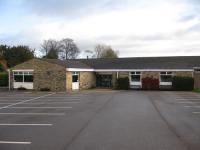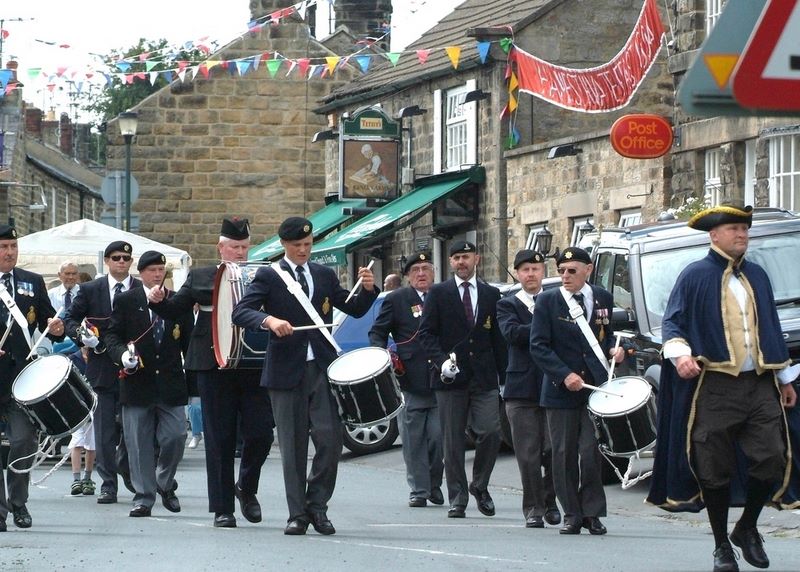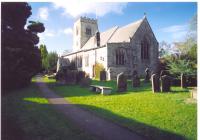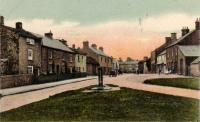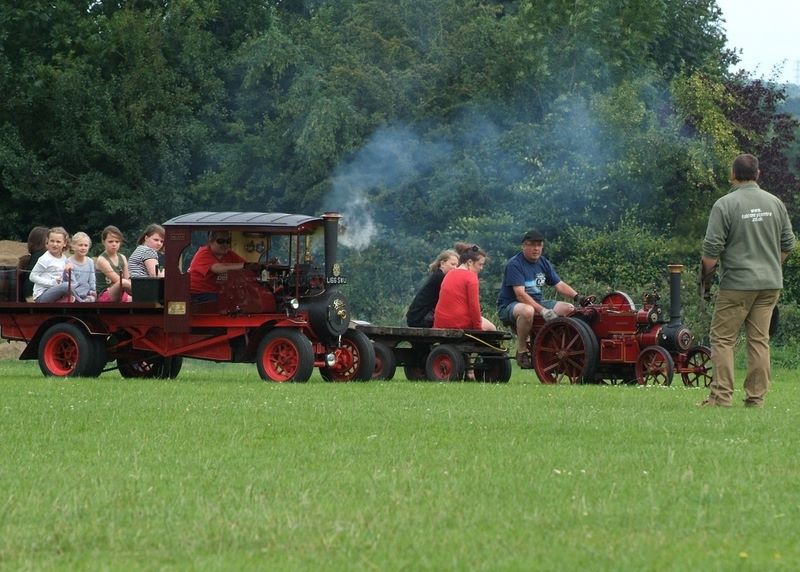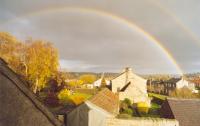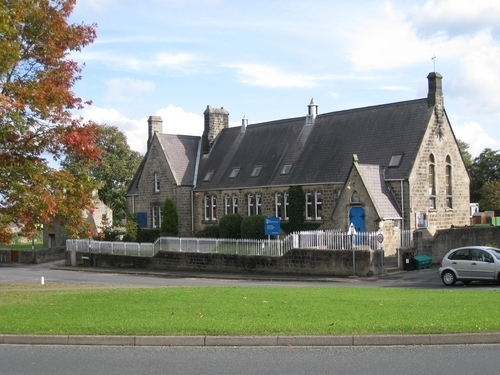Recent articles
© DT Online 2010 - 2025
| Village Pump"Our house backed onto the Cockhill Beck and every so far along there were steps down to the water. This was where everyone had to come to collect a supply for clothes-washing and other domestic chores. Drinking water came from the three pumps in the village - one at the top of the High Street, one on the Village Green, one down in the "church farmyard". "After lunch at school and before afternoon lessons, we went to fetch water from the well or from one of the three pumps: there was one on the Green, one in the yard where Mr. Horner lives and one at the top of the village. I caught typhoid from that one. Little worms used to come through it with the water and, when that happened, the water had to be poured away. It transpired that the water ran down from the farms and that was what caused the disease. When the water level sank, the wells had to be primed with any water that could be found in order to make the supply flow again. In times of shortage the cows had to be taken from the farms to the river to drink. We even walked them on Birstwith Lane to a little patch there. They were very hard times for everyone." "Services came late to the village. I remember various pumps, one on the Green and one in Mr. Horner's farmyard. From the latter two girls from the school would collect water every day. Up at Arcadia Farm twenty-six buckets had to be filled from one pump and carried into the farmhouse each day. Washing was done in a copper and peggy-tubs". "As far as I know the pump on the Green is the original pump, there were not that many of these in the village, one at Pump Cottage near the chapel, one opposite Peckfield, we had one at on our Birstwith Road site for those cottages, and one behind Greenside House. Until the arrival of a piped water supply, villagers were obliged to get their water from a stream or a pump and several pumps can be seen marked on early maps (see also Bernard Wilson's illustrations produced for a village history exhibition by clicking here) where they can be seen marked with red dots. The O.S. Map of 1853 shows both a pump and a well several hundred yards to the east of the Lamb Inn in Church Lane and lying well to the east also of the present-day houses in St Thomas a Becket walk. Other water supply points cannot be identified on that plan. The 1891 Map, additionally, shows a pump at the rear of Corner Cottage in Church Lane and this is referred to by George Wainwright in "Villager's Reminiscences" where he says. . . "At the back of my grandma's garden, if I rightly remember, was the only water supply for that row of houses - provided by a pump." A well still exists in the garden of "The Hollies" nearby. A well is also shown on the 1891 Map as lying at the roadside opposite the Peckfield estate and, a short distance to the south, a pump is also marked in land close to the course of the beck. The same map shows also the pump on the village green illustrated in the photograph above. When the 1909 Map was published it no longer marked a well or pump in the vicinity of Church Lane but continued to show both the pump on the Green and the supply opposite Peckfield (but now referred to as a "pump" and not a "well"). It no longer showed a well to the south of the buildings opposite Peckfield but it did show a new position for a pump behind the Methodist Chapel in Hollins Lane. When the piped water supply arrived in the village has yet to be established with precision (it was probably in the 1930s) but the pump on the Green continues to stand as a reminder (to those who care to reflect on the topic) of the harsher conditions of life which existed even into the early 20th century. In this old tinted photograph we see the village green pump at a time when it was still in use. (click photo to enlarge)  This cutting from the local newspaper of 1932 shows the pump in use and helps to date the arrival of a main water supply in the village to one of the months (or years?) thereafter. Can any of the children be identified?
|






